Well as I mentioned in my B43-S thread, I put all of the ADBVs from the filters I opened this week outside. Didn't get to the -18C they were calling for but it was a crisp -14C (7F) this morning. I was quite surprised at the results so I tried to come up with a more consistent way to display them that crunching the in my hand.....this what i came up with.
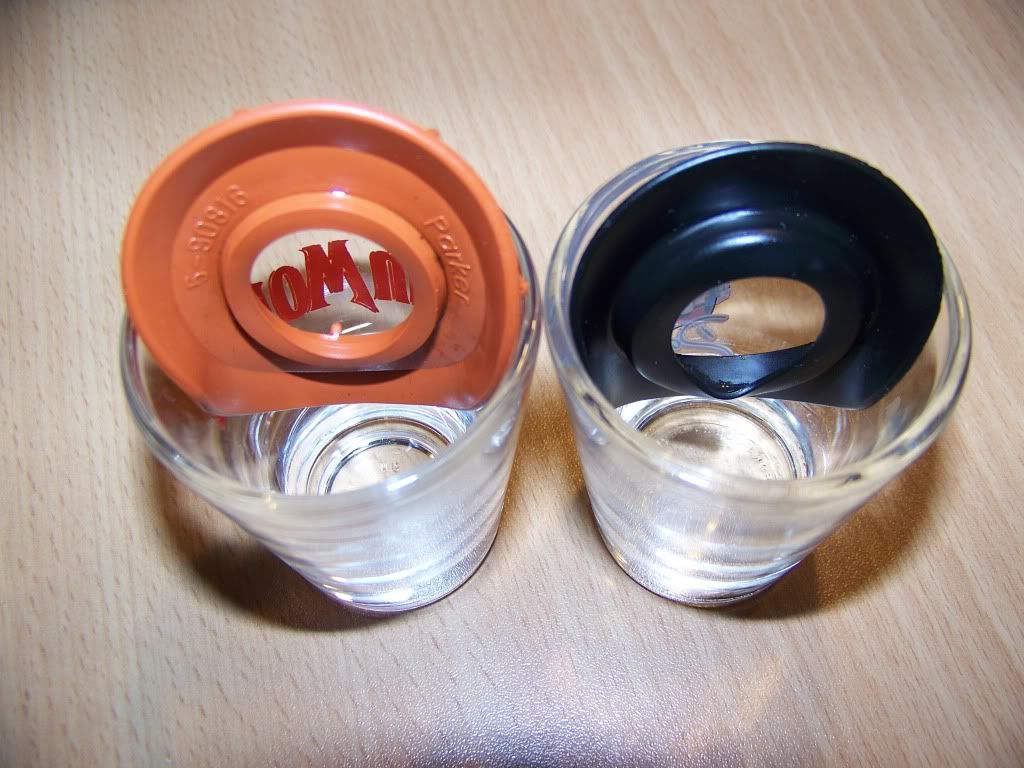
I have to say it did not take long for the nitrile to warm as I only had them inside for a few minutes and they were now reasonably pliable. So in the shot glasses they go, back out on the porch for about 25 minutes. The silicone Wix picture is immediately after I removed it from the glass. The Baldwin, I took several pics before I got one I liked, then changed a setting on the camera and took the one that is closer so it was out of the glass much longer.
I still don't know that this is a problem on the G6, with the filter sitting upright I don't know how much oil is going to drain out. My Son's Saturn however, with the horizontal position of the filter is a different story.
I do wonder though how much more restrictive the nitrile must be during a cold start on any car. This inflexibility must only get worse as the temperature drops and as length of use hardens the nitrile.
Although I didn't do this with the ACDelco ADBV it was outside as well. If anything it was even a little worse than the Baldwin.
Here they are....
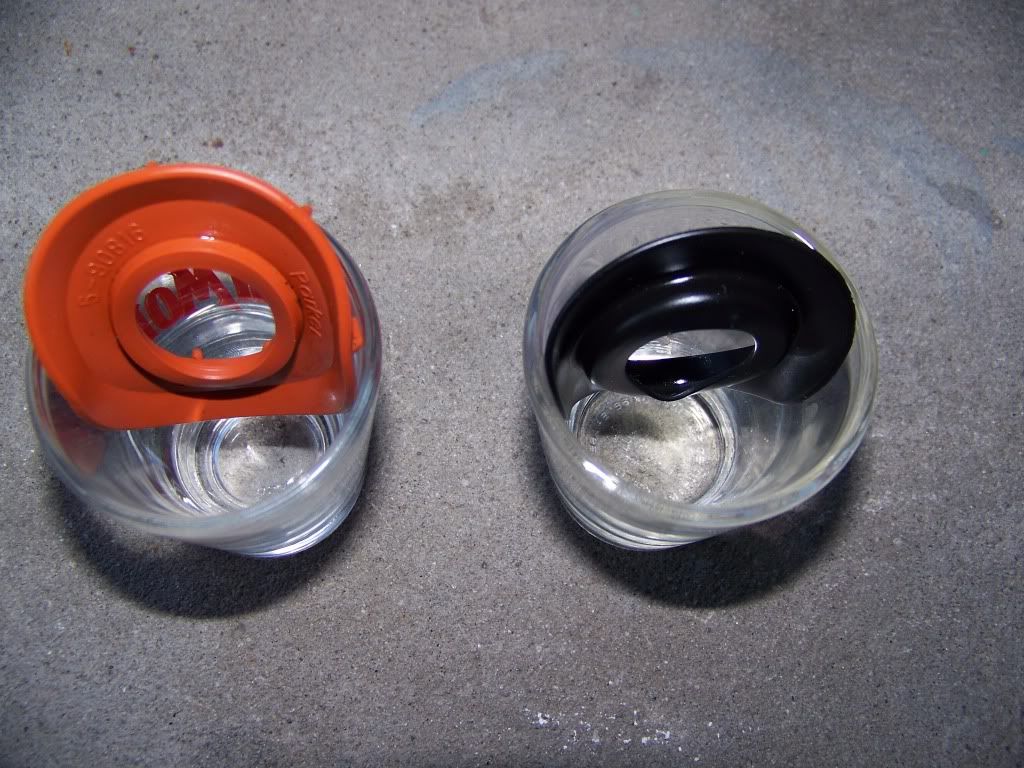
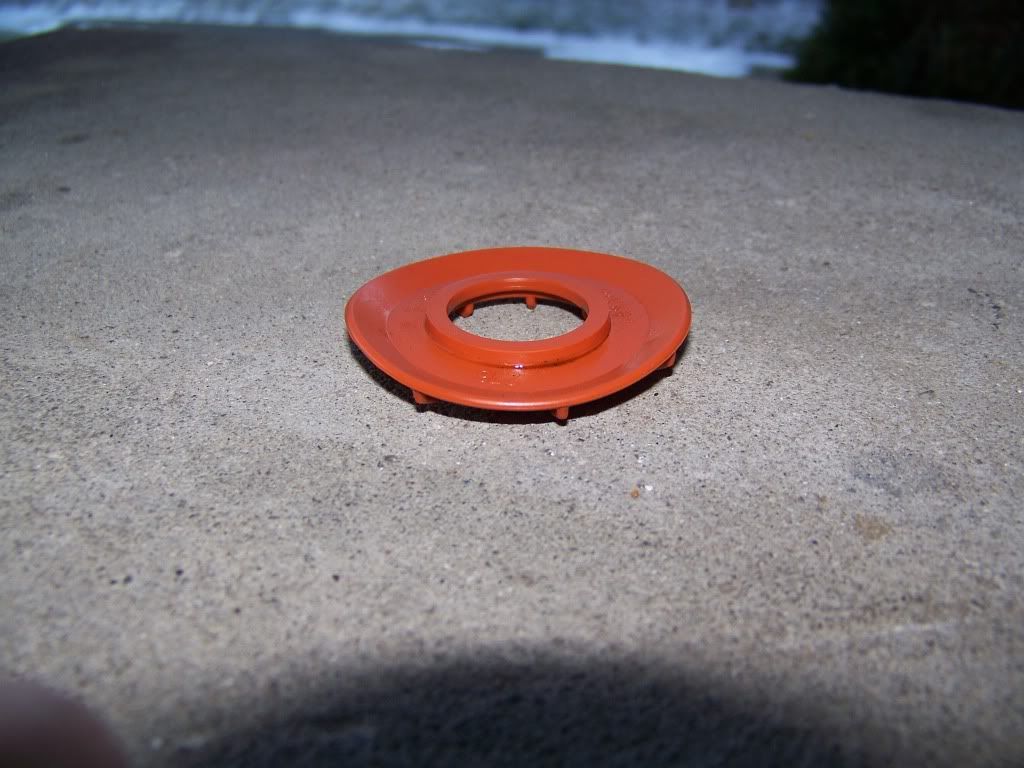
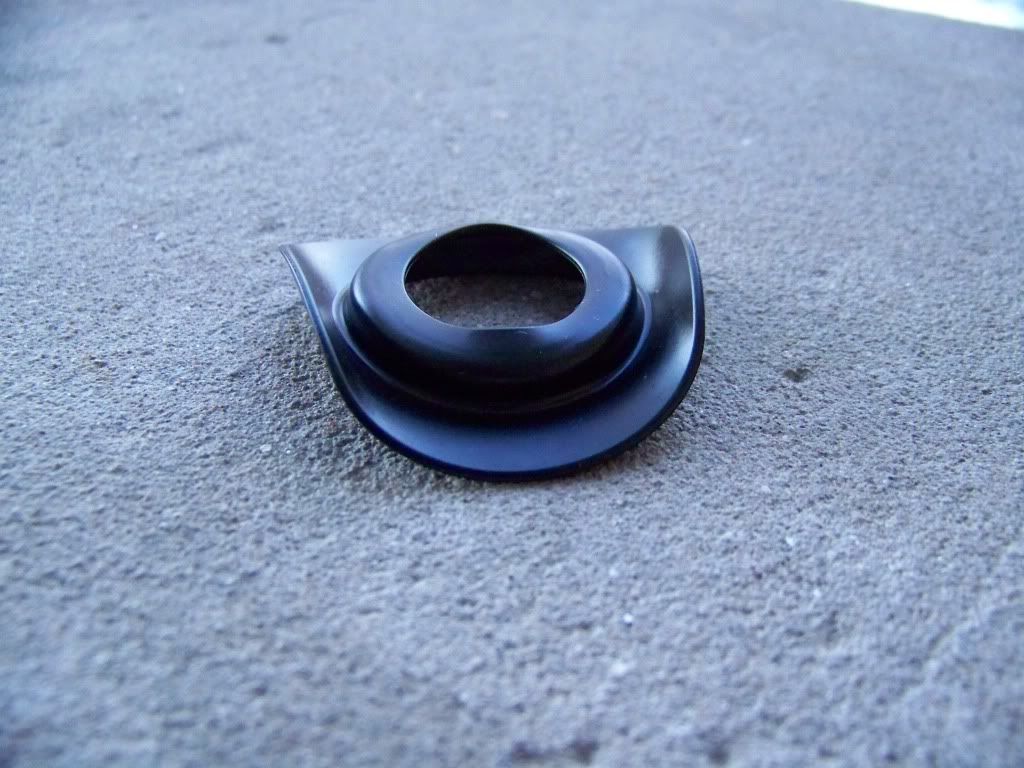
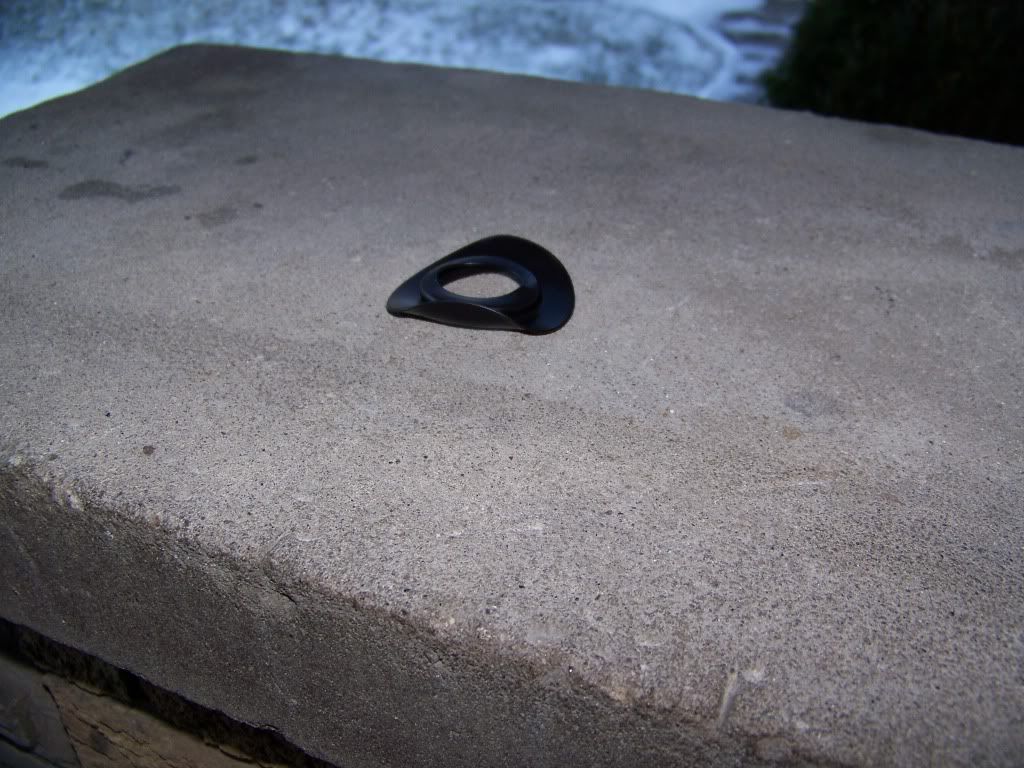

I have to say it did not take long for the nitrile to warm as I only had them inside for a few minutes and they were now reasonably pliable. So in the shot glasses they go, back out on the porch for about 25 minutes. The silicone Wix picture is immediately after I removed it from the glass. The Baldwin, I took several pics before I got one I liked, then changed a setting on the camera and took the one that is closer so it was out of the glass much longer.
I still don't know that this is a problem on the G6, with the filter sitting upright I don't know how much oil is going to drain out. My Son's Saturn however, with the horizontal position of the filter is a different story.
I do wonder though how much more restrictive the nitrile must be during a cold start on any car. This inflexibility must only get worse as the temperature drops and as length of use hardens the nitrile.
Although I didn't do this with the ACDelco ADBV it was outside as well. If anything it was even a little worse than the Baldwin.
Here they are....







